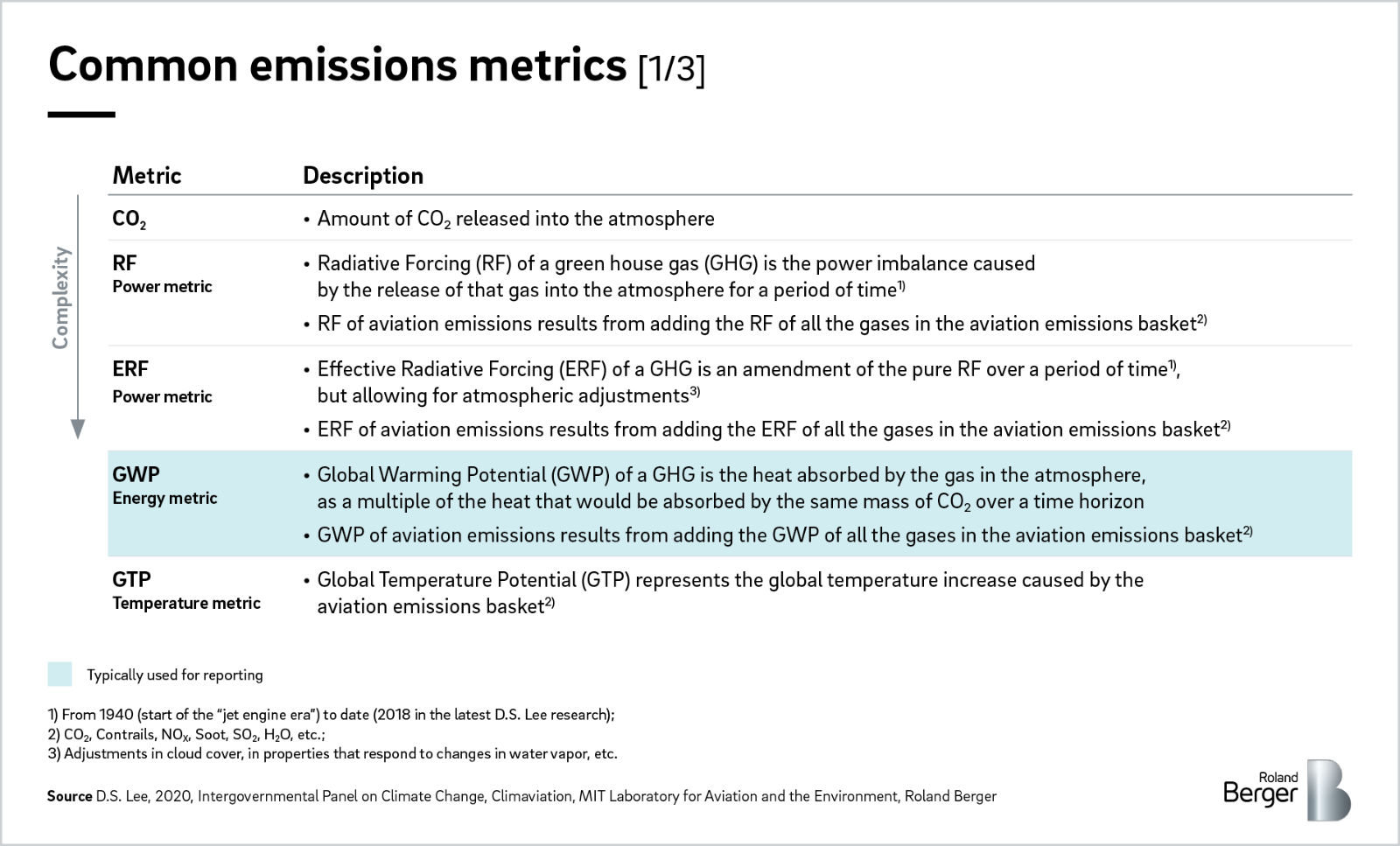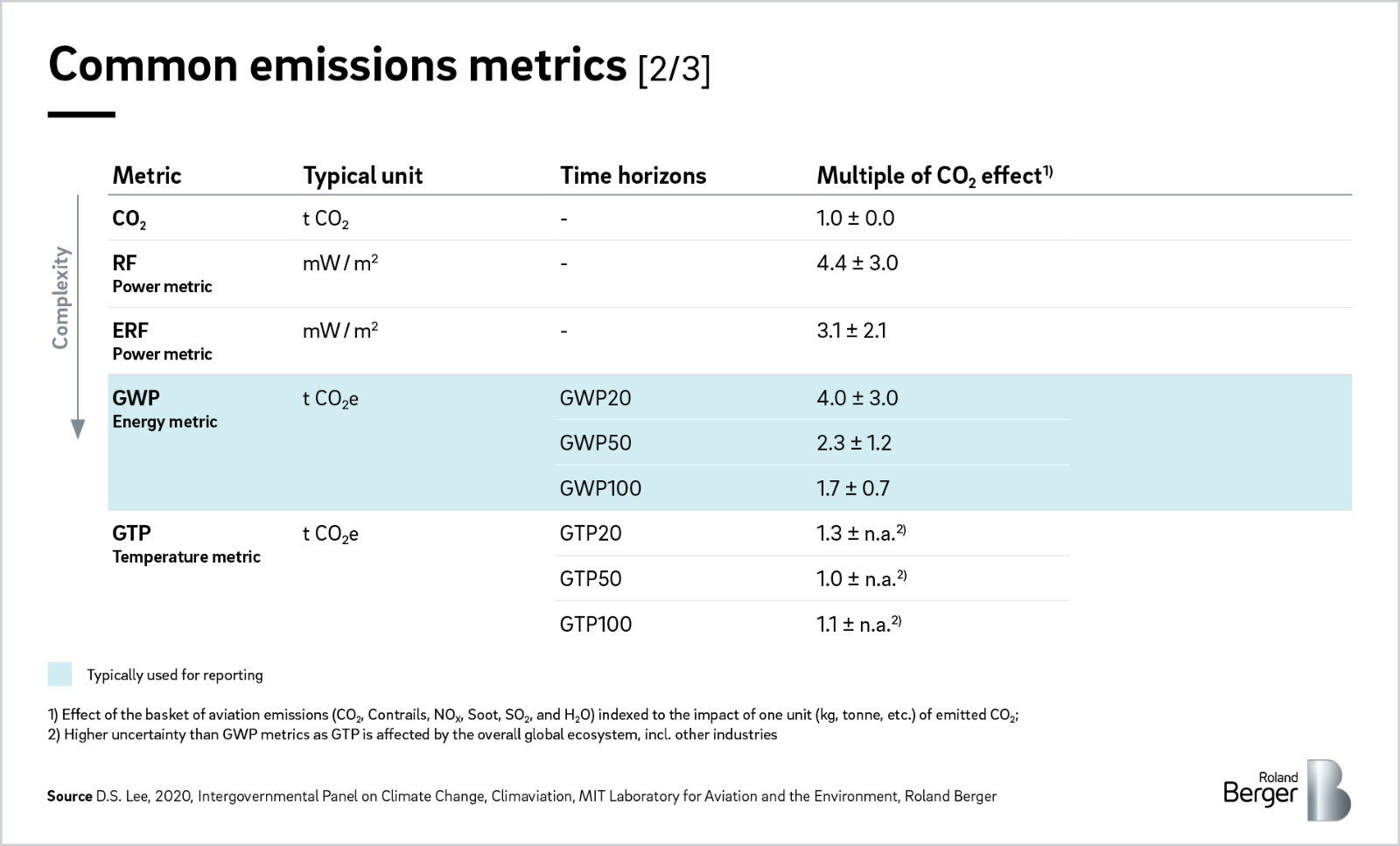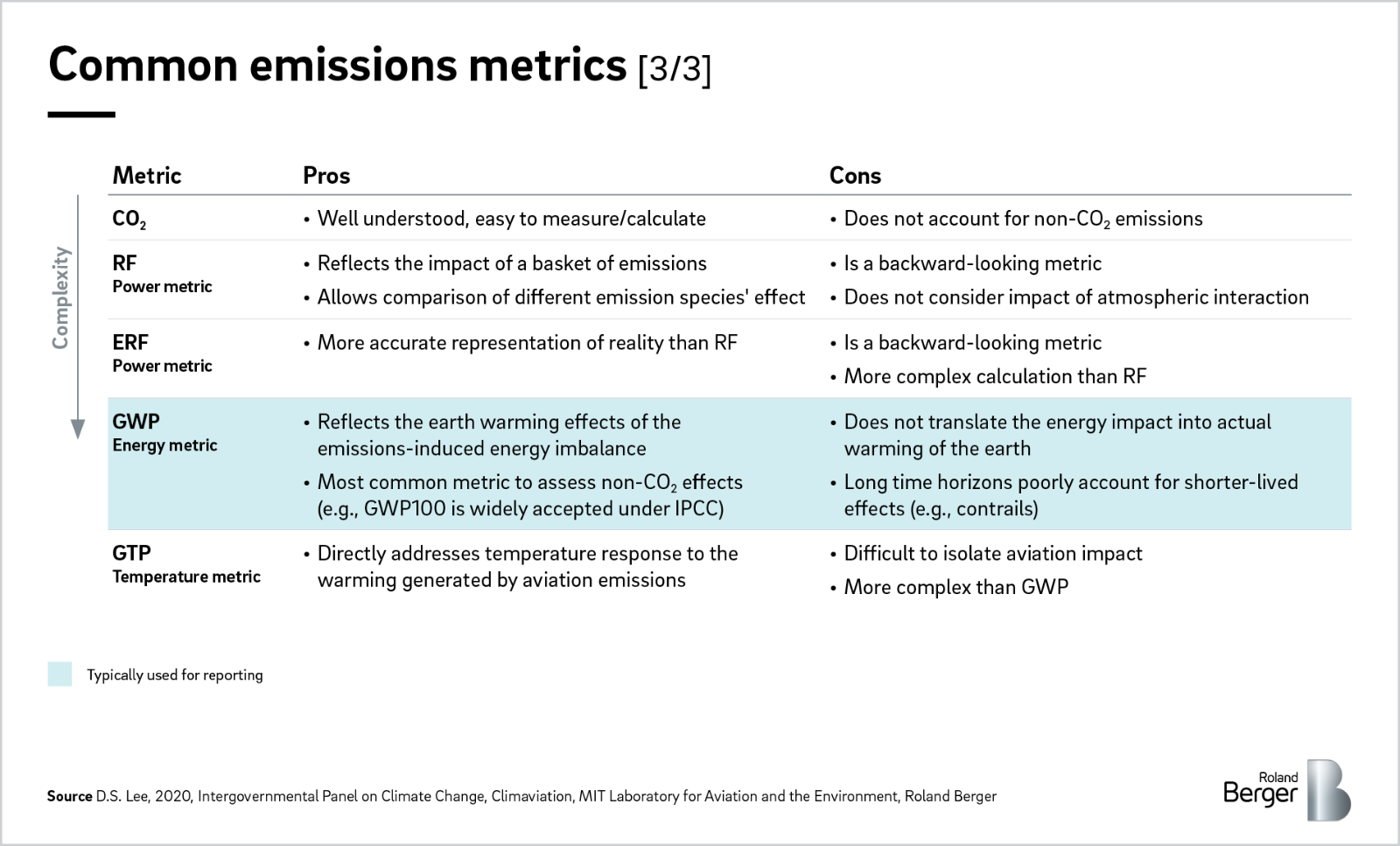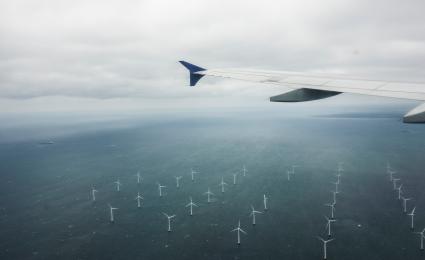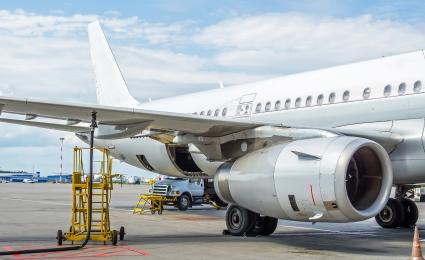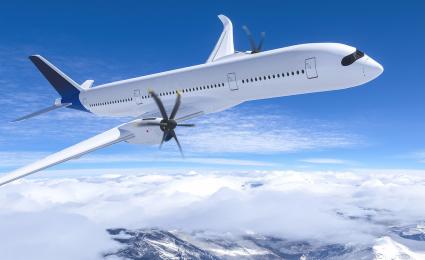Was Europe’s aviation emissions-reduction program an economic success and where does the aviation ecosystem go now in its quest for climate neutrality? Further intervention, beyond the scope of CAJU and involving the entire aviation ecosystem, is required to achieve the ambitious goal of a 90% reduction in net CO2 emissions by 2050.


Time to measure up
Aviation’s Roadmap to True Zero: Why measuring non-CO2 emissions matters – and how we can do it
Tackling CO2 emissions is not enough – the aviation industry must also address non-CO2 effects to minimize its climate footprint. The first step is to standardize how they are measured.

It is well known that the aviation industry has a carbon problem. The sector currently accounts for about 3% of global manmade CO2 emissions, a figure that is set to rise if the sector does not act at the same pace as other industries. But CO2 emissions are only half the story of aviation emissions . There are also non-CO2 climate effects from aircraft, such as nitrogen oxides (NOx) and aerosols/particulates, as well as water vapor and contrails. These effects are particularly relevant in the aviation sector and may even be more important than CO2. A recent study showed that the total radiative forcing impact of aviation, which includes both CO2 and non-CO2 effects, may be up to four times that of CO2 alone.
It is therefore crucial that the two types of emissions are tackled hand-in-hand. Selecting the best metric to measure non-CO2 effects will be key to achieving this. In this article, part of a series based on our Roadmap to True Zero , we outline how we can best understand, measure, account for and eliminate non-CO2 emissions.
"True Zero can only be achieved if we take a holistic approach to emissions, and we know that non-CO2 emissions are a major part of the problem."
Understand
Aviation's non-CO2 effects are complex because there are several different species, each impacting the climate in a different way. Contrails, for example, act as mirrors in the sky, reflecting radiation both into space and down to the earth. Although their climate impact is difficult to predict due to their lack of uniformity, the latest research is clear: the net effect of contrails is warming – potentially even more so than CO2.
The warming effects of NOx are also still under investigation. On the one hand, the breakdown of NOx in the atmosphere has a cooling effect as it helps to eliminate methane, a highly warming gas. On the other hand, it also adds to ozone formation, which contributes to climate warming. Overall, the net effect of NOx is believed to be warming, with the latest research attempting to characterise the confidence interval of its radiative forcing. Complicating matters further, NOx and ozone both pose major health risks, making it essential that the substance is eliminated.
As with other non-CO2 emissions, aerosols and particulates can influence cloud formation, which has a radiative effect. However, the effect has not yet been quantified, highlighting the significant level of uncertainty around the full climate impact of non-CO2 emissions.
What is clear is that True Zero emissions cannot be achieved by tackling CO2 emissions alone. The aviation industry – and the aerospace manufacturers behind it – must also factor in non-CO2 emissions into their climate and technology strategies. This will hopefully not only ensure the whole problem of emissions is addressed, but also that efforts to mitigate carbon emissions do not inadvertently make other radiative forcing contributors worse.
Measure
Before we look at the tools and strategies to tackle non-CO2 emissions, it is important to focus on how to quantify them. Choosing the correct metrics is crucial to correctly account for their climate impact.
There are several alternative metrics available, each with their own strengths and weaknesses. The most effective aviation emissions metric would ideally consider the whole basket of aviation emissions, and not the typical basket of ground-based industrial emissions.
The most commonly considered aviation emissions metrics are outlined in the table below.
Overall, global warming potential (GWP) metrics seem to offer the best balance between complexity of calculation and accuracy in correctly representing the mix of climate effects, although they incorporate simplifying assumptions, such a fixed-background atmosphere. Radiative forcing (RF) and effective radiative forcing (ERF) metrics remain backward looking, and global temperature potential (GTP) metrics are too reliant on assumptions of behavior in other sectors to truly isolate the impact of aviation in any meaningful way. However, given their pros and cons, different types of studies may choose different metrics according to their purposes.
The time horizon factored into GWP metrics is also critical. While GWP100 is frequently used in other industries, the choice of the 100-year time horizon is a poor fit with the UN Climate Change Conference targets in the 2016 Paris Agreement, which center on 2100. In the absence of a GWP77, GWP50 is probably the best compromise.
But different stakeholders may also benefit from utilizing different metrics, perhaps in accordance with the timeframe over which decisions today affect the industry. For example, in aerospace technologies take 20-30 years before they have an impact (when the technologies have entered service and taken on a sizeable market share). The aircraft then remain in service for another 20-30 years, making GWP20 or GWP50 the best fit for them. Conversely, actions taken by airlines and air traffic controllers have much more immediate effects – perhaps even GWP1 or GWP5 make most sense here.
Ultimately, the scientific community and regulators will make the choice on which metric(s) are used to drive policy, targets and even taxation. However, until this is formally done – which may take several years – industry players should select the most appropriate metric based on their scope and needs.
Eliminate
Our research for the Roadmap to True Zero report shows huge benefits in tackling CO2 and non-CO2 emissions together. True Zero can only be achieved if we take a holistic approach to emissions, and we know that non-CO2 emissions are a major part of the problem. So, with decarbonization efforts already underway, the industry must agree to look at the issue in its entirety and avoid further harmful delays. In fact, our broad-based sensitivity analysis demonstrates that this is true even if the science on non-CO2 emissions is not yet settled, within a 95% confidence interval.
Fortunately, by expanding the scope of the problem, we also expand the number of levers available to tackle it. Indeed, including non-CO2 emissions can maximize the overall impact of mitigation efforts. This means that typical aviation CO2 reduction levers, such as air traffic control improvements to plot more fuel-efficient routes, can also optimally reduce a flight's climate effect, for example, by minimizing contrails. Our modelling suggests that better coordination of flight operations to optimize flight routes reduces CO2-only emissions by 10%, but CO2 and non-CO2 effects by 30%.
The increased uptake of sustainable aviation fuels (SAFs) is another key lever in efforts to mitigate both CO2 and non-CO2 emissions. SAFs’ low-carbon-emission lifecycle obviously aids decarbonization. But reduced aromatics and other impurities in SAFs also reduce non-volatile particulate matter (nvPM) in the exhaust plume and can contribute to a reduction in contrails. While the exact quantum of impact is not yet fully understood, we can at least hypothesize that the effects of SAFs may go beyond mere CO2 mitigation.
Similarly, hydrogen technologies may also reduce non-CO2 effects through the use of significantly purer fuels, which also minimize nvPM. Current modelling results suggest that contrails produced by hydrogen aircraft may also be shorter-lived and thus less impactful. In addition, hydrogen fuel-cell aircraft may be able to significantly reduce NOx emissions as they do not need combustion chambers. Real world data is required to confirm these projections.
To conclude, dealing with non-CO2 emissions is critical to achieving True Zero. It is essential that the industry acknowledges this, and aligns on a standardized approach to track and measure these emissions to ensure we optimize the best levers. In addition, we must continue to invest in non-CO2 emissions research and mitigation strategies, while continuing to mitigate CO2 emissions.
Register now to receive regular insights into Aerospace & Defense topics.

_person_144.png)
